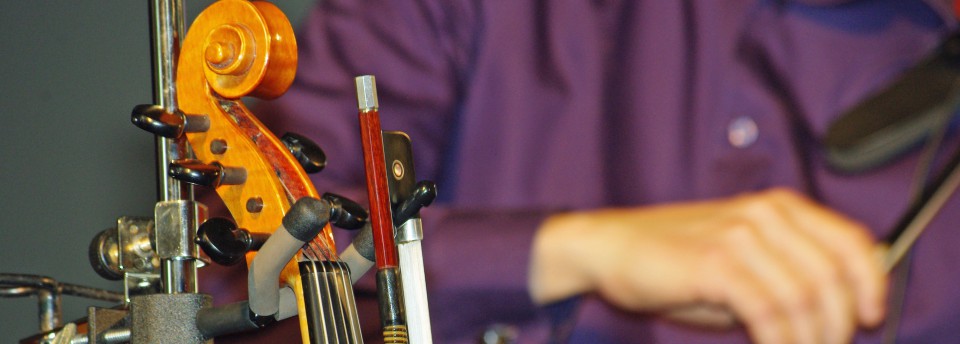Most of my artistic endeavours have centred around the written word, either as a journalist, short story writer or, in the past couple of years, as an unpublished novelist. But because I began my writing career as a reporter in weekly newspapers, I was also introduced to news photography.
Hundreds, perhaps thousands of my photos have appeared in newspapers or magazines. Most have been focussed (pun intended) on providing a visual image of a news event or a feature subject. And, of course, I’ve taken photos of family events or trips, almost in all cases looking for the unusual or unique shot that will differentiate the photos from the “normal” photo album or vacation shot.
For the past couple of years, every other Saturday, I get together with about a dozen other men to talk about photography. We’ve talked about how sensor size counts, lenses (length, telephoto versus zoom), depth of field, existing light and photo manipulation with photo software. Our discussions are always enlightening, engaging and, sometimes energetic (but never argumentative).
Out of these discussions arose a the idea for a photo project I started working on last year. The Stone Churches Project will be a collection of black and white photos of the seven limestone churches in downtown Guelph.
 Knox Presbyterian Church. Taken from the corner of Norfolk and Quebec Streets
Knox Presbyterian Church. Taken from the corner of Norfolk and Quebec Streets
The project is intended to challenge me on a number of levels.
The first challenge is to begin looking at the churches with an artistic mindset. As a photojournalist, my main reason for taking pictures was to illustrate a story. If, for example I was taking the above photo to accompany a story talking about the role of the church in the community, I would always have made sure there were people in the picture.
Instead, I’m now focusing more on composition, lighting, shading by creating a photo you’d want to put on your wall rather than in the recycle bin.
 Lakeside Downtown front tower on Norfolk Street
Lakeside Downtown front tower on Norfolk Street
My second challenge was seeing things in black and white. At one of my early newspaper gigs, our office was right across the hall from a portrait photographer. Victor was one of my early influences as a photographer and I still appreciate the informal lessons he gave me.
One of those lessons was about the “grey scale” used by Ansel Adams in his stunning landscape photographs. The scale ranks the varying shades of grey from white to black which photographers use to determine shutter speed and aperture size.
I had to learn those all over again for this project. And learn to convert the colour in my viewfinder into black and white.
 Lakeside Downtown interior: north-side stained glass window in the late evening.
Lakeside Downtown interior: north-side stained glass window in the late evening.
My final challenge was to overcome my aversion to photo manipulation and learn how to use photo software more effectively.
I’ve always been a purist. That comes naturally when you’re using film and taking photos at a newsworthy event. You only have one chance to get the photo right because, for the most part, you can’t go back and recreate the event.
This becomes a challenge when shooting for black and white. While my digital camera will allow me to shoot in B & W, the photos tend to be flat, with little definition. The photo above was taken in colour and then converted to crisp, clean B & W image. I still don’t manipulate the photos as much as other people I know, but I’m learning.
Where am I going with this project? I’m still debating. Perhaps a book. Perhaps an exhibit. Only time will tell.
For now, I’m just enjoying the journey.
